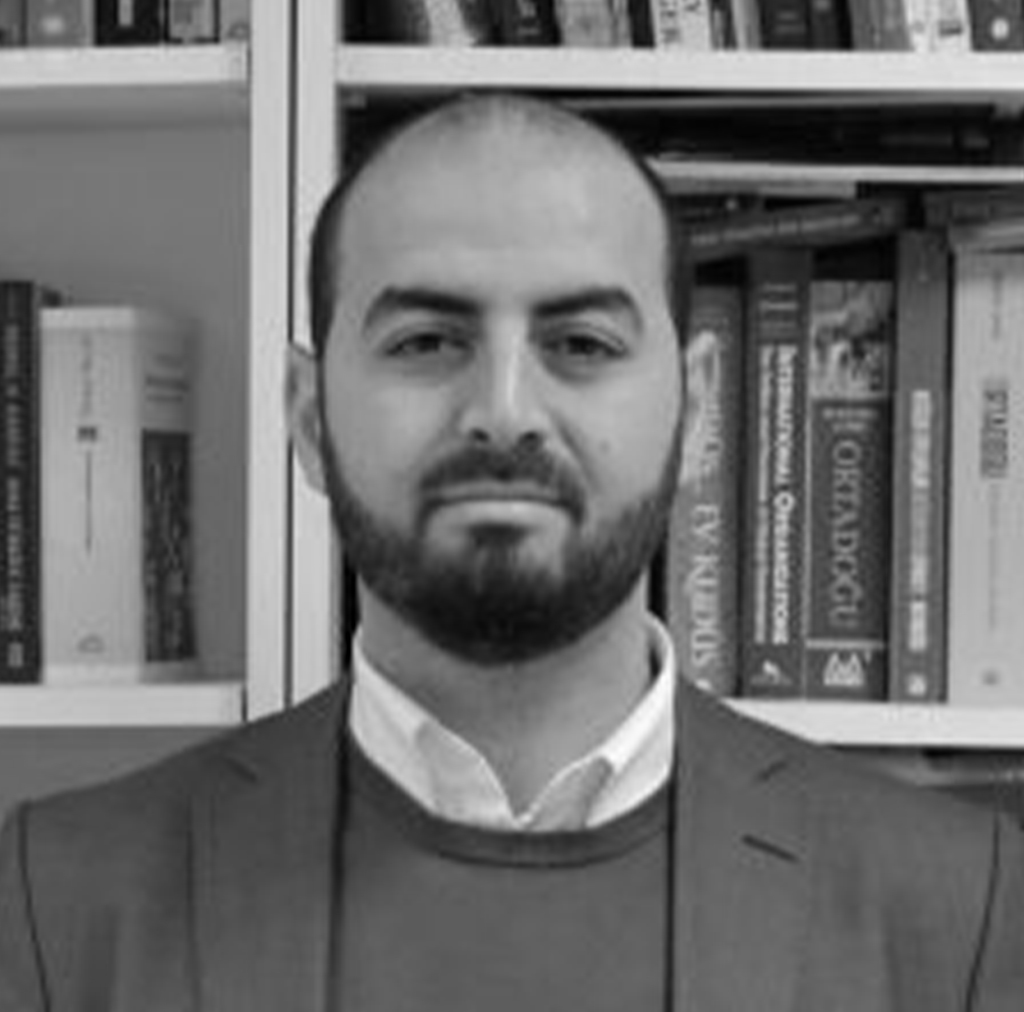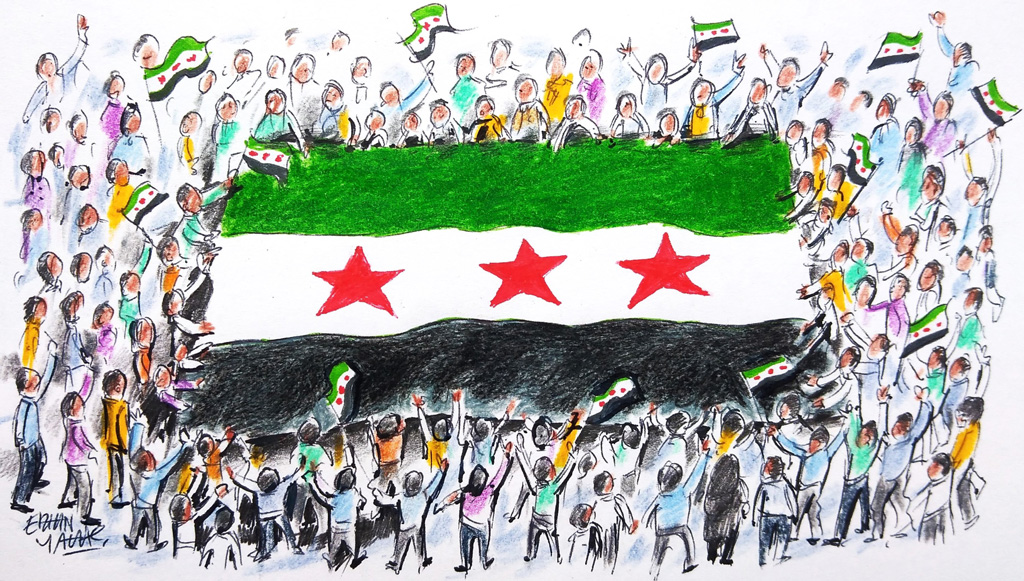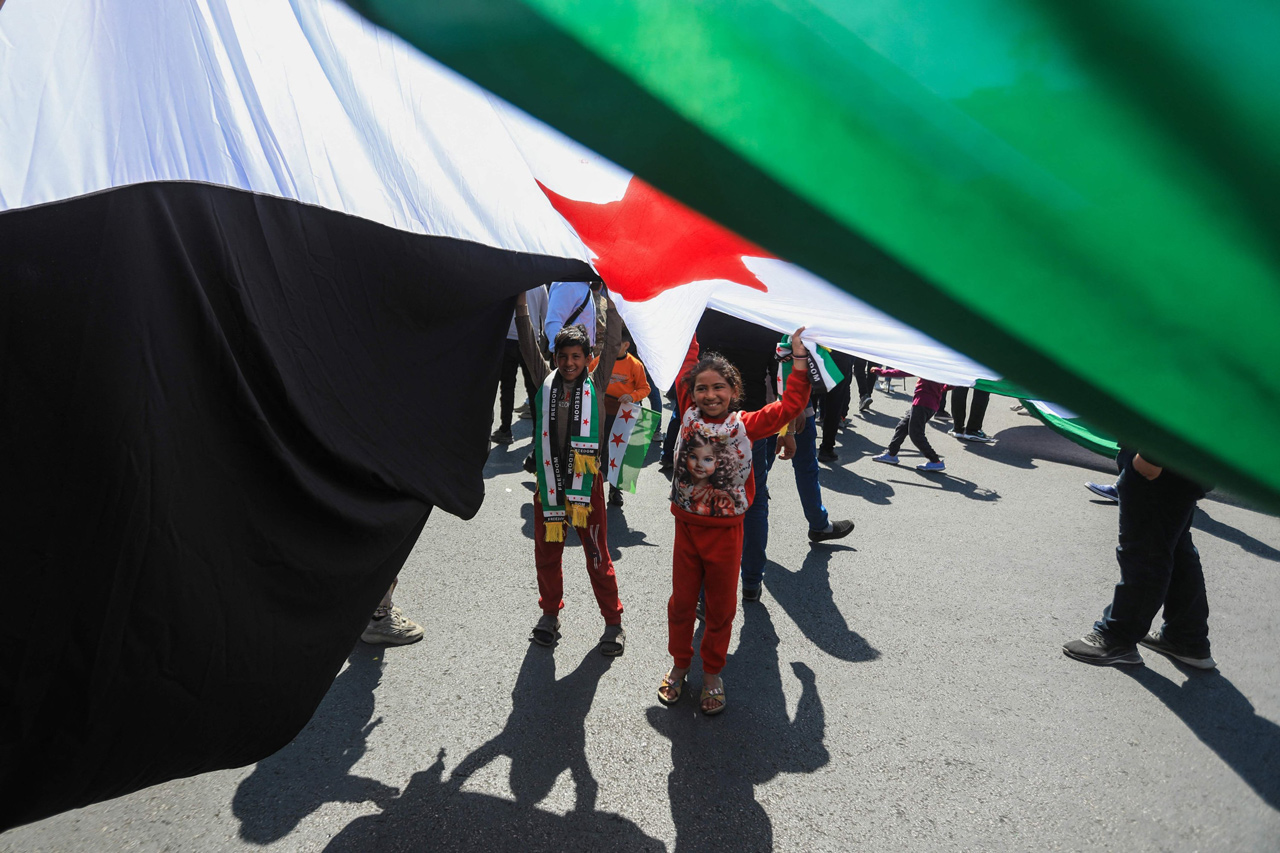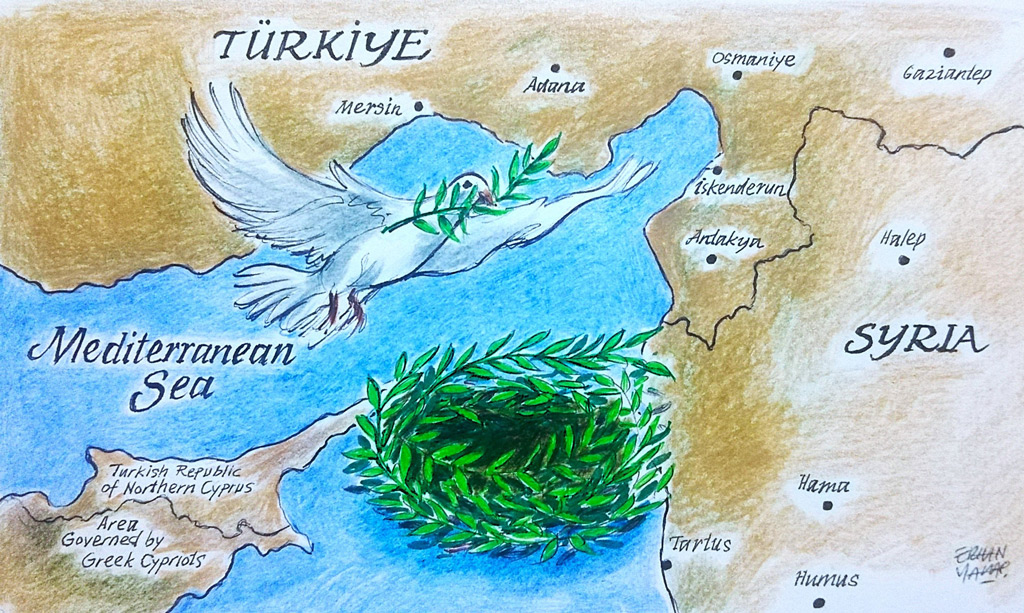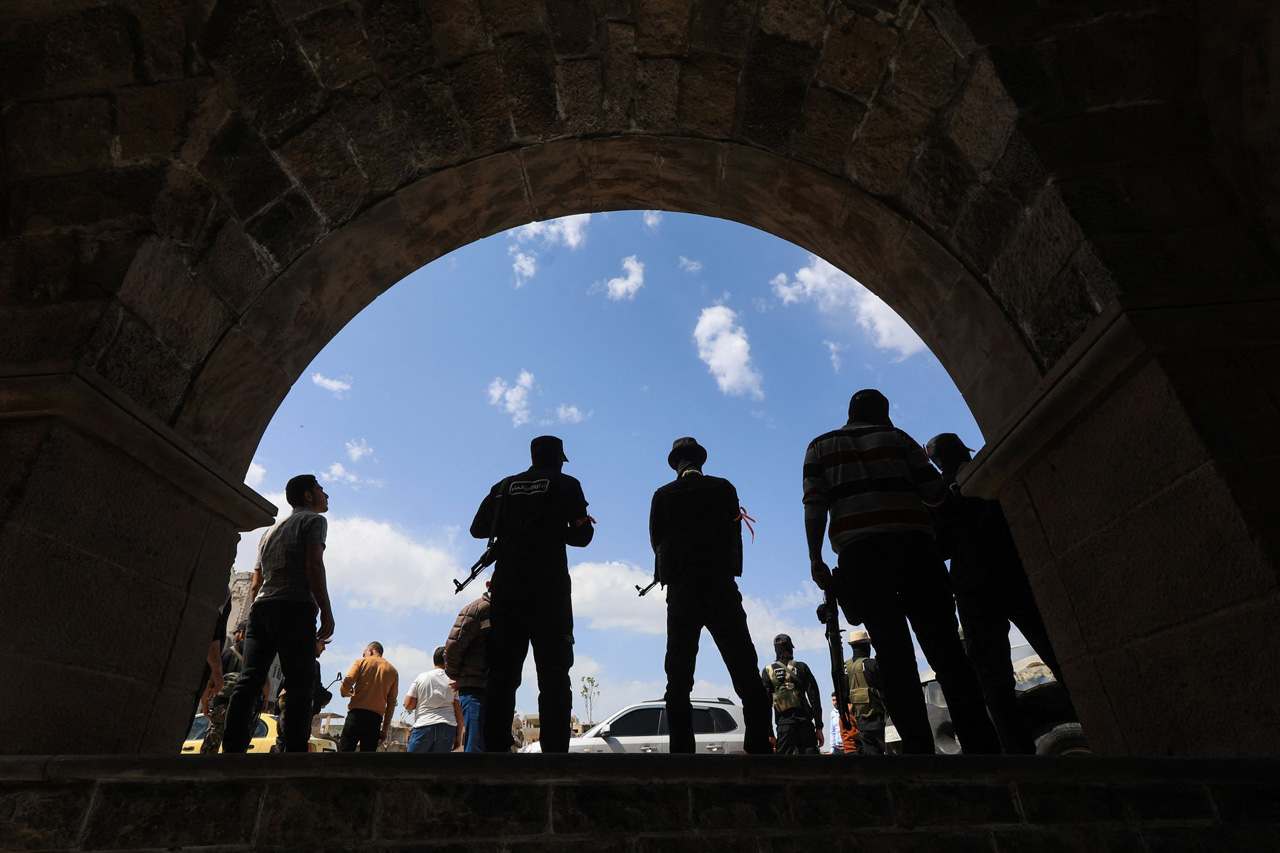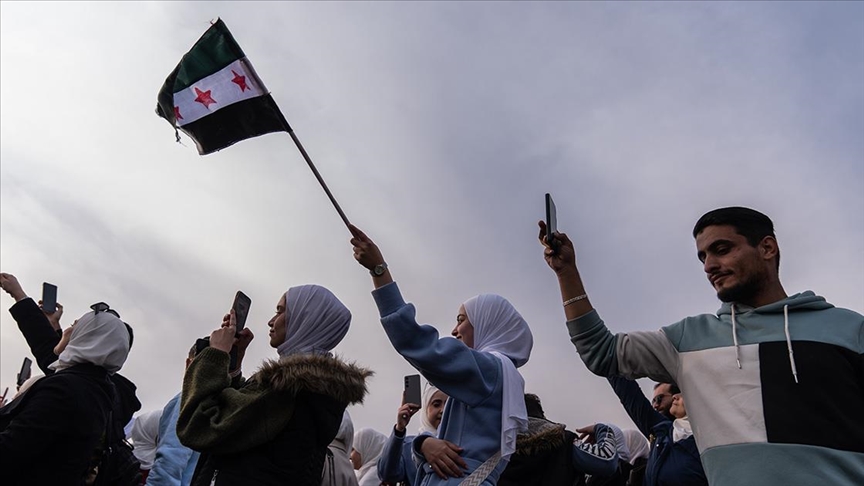Syrians have toppled the 60-year-old Assad regime through civil and military resistance, unlike other revolutions. The unexpected moment attracted all attention to Syria, where I conducted field research through interviews with political and military elites in multiple cities, such as Azaz, Aleppo, Hama, Homs and Damascus. Thus, this piece aims to gain a better understanding of the post-Assad Syrian transition in terms of society, politics and security. These findings highlight a variety of dynamics, including security gaps, reconciliation initiatives, population movements and the important role played by external particularly Russia, in reshaping Syria's political and social landscape.
Azaz: Sanctuary for refugees
Syrian regime leader Bashar Assad's fall has ushered Syria into a new era characterized by significant changes in its political, military and social structures. The Turkish support and joint operations with the Syrian National Army (SNA) have transformed Azaz, once a small town, into a vibrant urban center. In recent years, infrastructure improvements across health care, education and public utilities have contributed to an environment with relatively few security incidents. The local authorities express concern over the political transitions in Damascus, anticipating the impact these developments might have on the city's growth and stability.
Azaz's population consists mostly of internally displaced persons who fled violence orchestrated by the former regime, the PKK and Daesh. It is expected that many of these residents, along with those who are in Idlib or residing as refugees in Türkiye, will return to their hometowns, especially Aleppo. It is likely that this process will accelerate when security is stabilized, basic services are provided (e.g., electricity, water and heating), favorable seasonal conditions are present (particularly in summer) and the school year is completed. The leader of the transitional process, Ahmed al-Sharaa, has also indicated that millions of Syrian refugees might return home soon.
In Azaz, military personnel consider the PKK the main threat to realizing the full scope of the revolution. It is imperative for the revolutionary process to be considered complete that a decisive outcome is achieved through PKK disarmament or military action. Tal Rifaat, a region recently under opposition control, has lingering underground tunnels, making security fragile.
Aleppo: Economic center
A key stronghold for revolutionaries, Aleppo has historically been one of Syria's foremost trade hubs. During the early stages of the conflict, its fall triggered a large wave of displacement, resulting in many Syrians fleeing to neighboring countries, including Türkiye.
As a result of Aleppo's "liberation," the return of the migrants has become more evident, particularly among business owners who sought refuge abroad. A number of families described moving back to Aleppo to continue commercial activities and to invest in redeveloping the city. Additionally, local broadcasting initiatives have resumed after being halted during the conflict. There is a growing sense of confidence in the transitional authorities based on this pattern of economic and media revitalization.
Despite the partial reestablishment of security control in the main city districts, there are still significant concerns in rural Aleppo. The systematic razing of Kafr Hamrah, Hraytan and Hayyan suggests a deliberate policy of "depopulation" to create a buffer zone. This shows that the Assad regime approved of Syria's division. The Assad regime attempted to create a buffer zone between its controlled cities and rebel-held areas by decreasing the population in these places. Thus, the Syrian transitional leadership must ensure long-term stability in such areas by completely restoring residents and infrastructure.
Hama: Reconciliation started
"Reconciliation centers" have been established by Hama's transitional administration to encourage former regime allies to surrender their weapons. These efforts that promote social cohesion through dialogue and reintegration opportunities for ex-militants into civilian life are promoted.
Hama's central districts exhibit a relatively stable environment, but regime militias, armed minority factions and Iran-backed groups like Hezbollah still threaten outlying villages. Additional human and material resources are needed to address these security challenges, including personnel training, specialized equipment, and infrastructure reconstruction (e.g., police stations, administrative buildings and vehicles). Türkiye's help is therefore urgently needed.
Homs: Humanitarian realities
Homs, once home to revolutionary figures such as Abdul Baset al-Sarout, remains scarred by some of the most severe violence of the conflict. In recent years, investigations conducted by international humanitarian organizations have revealed mass graves and extensive evidence of crimes committed by the former regime. A number of international relief organizations are actively involved in the city, providing aid and documenting possible war crimes.
Homs experienced a brief period of chaos after the fall of the regime. There is a growing consensus that enhancing security forces, establishing an effective civilian administration, and combating systemic corruption are essential. Approximately 3,000 police officers are needed immediately, as well as refurbishing public institutions. There has been an increase in individuals surrendering their arms as a result of reconciliation efforts, indicating cautious optimism for the future of the city.
Damascus: Turkish engagement
According to field interviews conducted in Damascus, Türkiye played an important role during the revolution and beyond. Initially supporting the Syrian people, President Recep Tayyip Erdoğan has built trust that extends to humanitarian assistance, diplomatic cooperation and military assistance.
According to experts, there are significant opportunities for Turkish engagement in postwar reconstruction. Bringing basic services back to Syria requires education, military advisory roles and economic partnerships, especially in electric power and solar energy. Syrian stability could be further deepened and bolstered by the establishment of bakeries to address food security challenges.
By implementing repatriation programs and population growth policies, the new administration aims to counter demographic manipulation by terrorist organizations like the PKK/YPG. To mitigate any attempts at "demographic engineering" and ensure a viable, inclusive national identity, it is crucial to ensure the safe return of internally displaced persons and refugees.
Ahmed al-Sharaa's transitional government emphasizes a unifying narrative: "This revolution belongs to all those who have suffered under the regime for the past 14 years." Social tolerance, as evidenced by the treatment of Christian minorities in Hama and parts of Damascus, and the deliberate postponement of a conflict with Israel, demonstrate the administration's pragmatic commitment to stabilize internal affairs before pursuing any foreign policy agenda.
What is needed in Syria?
The transitional phase has revealed a multifaceted transformation in post-Assad Syria. Firstly, there is a need for security infrastructure. Reconciliation efforts and local initiatives benefit urban centers, but rural areas remain vulnerable to security threats, highlighting the need for broader stabilization strategies. Secondly, there are humanitarian and economic imperatives. There is an urgent need for the rehabilitation of public services, the reconstruction of damaged housing, and the provision of educational and health care facilities in cities like Homs, Aleppo and Hama.
In this framework, Türkiye plays a crucial role. Turkish involvement in reconstruction efforts through investments in energy, infrastructure, food security and training could prove decisive for long-term peace as a principal ally of the revolution. Another issue is refugee return and demographic balance. By facilitating voluntary returns of displaced populations, the new administration seeks to counteract potential demographic trends that might pose a threat. Last but not least, reconciliation and justice are essential. For maintaining social cohesion, it is essential to establish reliable legal frameworks to address human rights violations by regime supporters and foreign-backed militias.
Ultimately, the success of this transitional phase depends on transparent governance, sustained international collaboration and equitable enforcement of security measures. There is potential for progress under Ahmed al-Sharaa's inclusive leadership style. In spite of this, the full consolidation of the revolution depends on the disarmament of militant groups, the removal of foreign-backed militias and the restoration of critical infrastructure. For these objectives to be achieved, local stakeholders, regional allies, particularly Türkiye, and the broader international community will need to coordinate their efforts.
